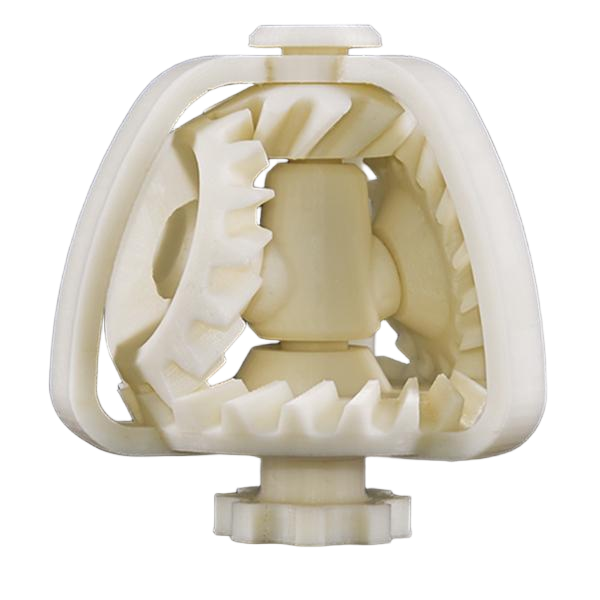Compare 3D Printing Materials
Explore and compare 3D printing materials to find the best fit for your project. From durable plastics to flexible resins, our guide highlights key properties like strength, flexibility, and surface finish, helping you choose the right material for prototyping, production, or custom parts.
ABS-Like
Process: FDM or SLA
Moisture Resistance, Durability
ABS-like material is a durable and versatile prototyping material suitable for producing both functional and aesthetic parts. Its front surface is smooth, while the side walls and bottom have a matte finish, giving parts an appearance similar to injection-molded components. The material offers good dimensional stability, moisture resistance, and is easy to post-process, making it ideal for rapid prototyping and functional testing.It is usually available in black and white.
Inconel 718
Process: SLM
Fatigue Resistant, Temperature Resistance, Corrosion Resistance, Strength
Inconel 718 is known for its outstanding high-temperature strength, creep resistance, and corrosion resistance. The material can withstand operating temperatures above 700°C while maintaining excellent fatigue and fracture resistance. Through additive manufacturing, GH4169 can produce parts with complex geometries and is widely used in aerospace engines, gas turbines, high-temperature molds, and high-performance industrial components.
Disadvantages: High cost; complex heat treatment process; thin-walled structures require careful design; default surface roughness Ra10–12.



